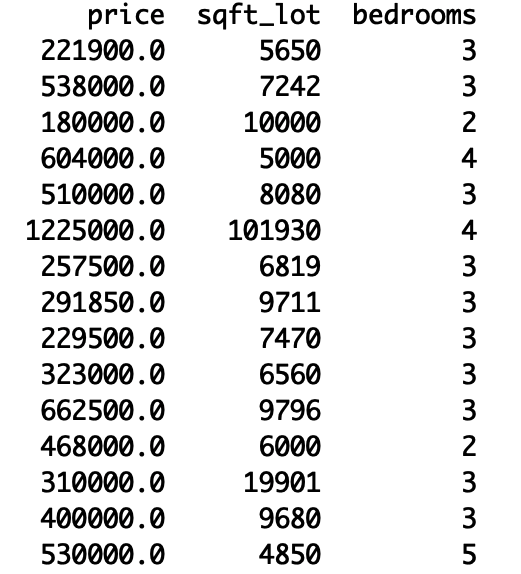Batch training
Introduction to TensorFlow in Python

Isaiah Hull
Visiting Associate Professor of Finance, BI Norwegian Business School
What is batch training?


The chunksize parameter
pd.read_csv()allows us to load data in batches- Avoid loading entire dataset
chunksizeparameter provides batch size
# Import pandas and numpy
import pandas as pd
import numpy as np
# Load data in batches
for batch in pd.read_csv('kc_housing.csv', chunksize=100):
# Extract price column
price = np.array(batch['price'], np.float32)
# Extract size column
size = np.array(batch['size'], np.float32)
Training a linear model in batches
# Import tensorflow, pandas, and numpy
import tensorflow as tf
import pandas as pd
import numpy as np
# Define trainable variables
intercept = tf.Variable(0.1, tf.float32)
slope = tf.Variable(0.1, tf.float32)
# Define the model
def linear_regression(intercept, slope, features):
return intercept + features*slope
Training a linear model in batches
# Compute predicted values and return loss function
def loss_function(intercept, slope, targets, features):
predictions = linear_regression(intercept, slope, features)
return tf.keras.losses.mse(targets, predictions)
# Define optimization operation
opt = tf.keras.optimizers.Adam()
Training a linear model in batches
# Load the data in batches from pandas
for batch in pd.read_csv('kc_housing.csv', chunksize=100):
# Extract the target and feature columns
price_batch = np.array(batch['price'], np.float32)
size_batch = np.array(batch['lot_size'], np.float32)
# Minimize the loss function
opt.minimize(lambda: loss_function(intercept, slope, price_batch, size_batch),
var_list=[intercept, slope])
# Print parameter values
print(intercept.numpy(), slope.numpy())
Full sample versus batch training
- Full Sample
- One update per epoch
- Accepts dataset without modification
- Limited by memory
- Batch Training
- Multiple updates per epoch
- Requires division of dataset
- No limit on dataset size
Let's practice!
Introduction to TensorFlow in Python

